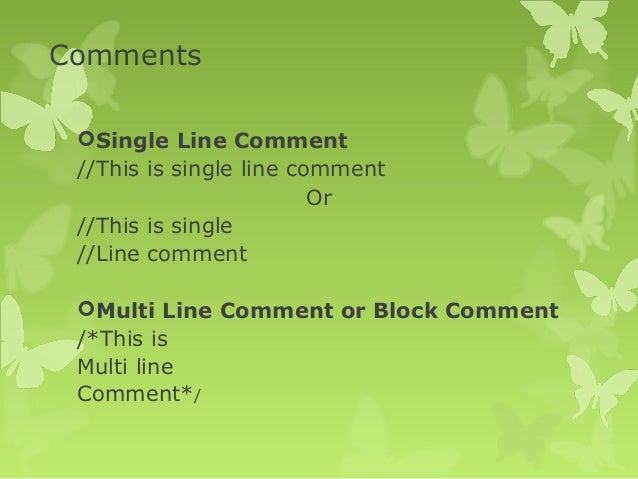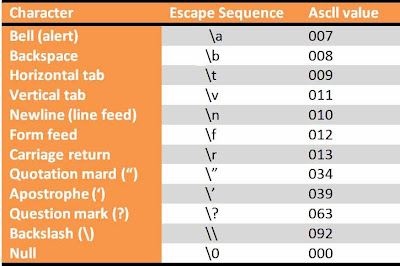

ESCAPE SEQUENCES CODE
Note: the Reset color is the reset code that resets all colors and text effects, Use Default color to reset colors only. These colors are set by the user, but have commonly defined meanings. Most terminals support 8 and 16 colors, as well as 256 (8-bit) colors.

The ESC[21m sequence is a non-specified sequence for double underline mode and only work in some terminals and is reset with ESC[24m. Note: Both dim and bold modes are reset with the ESC[22m sequence. Note: Some terminals may not support some of the graphic mode sequences listed above. Set graphics modes for cell, separated by semicolon ( ). You can use \r after erasing the line, to return the cursor to the start of the current line. Note: Erasing the line won't move the cursor, meaning that the cursor will stay at the last position it was at before the line was erased.

It is therefore recommended to use DEC sequences. xterm and derived) support both SCO and DEC sequences, they are likely to have different functionality. Note: Some sequences, like saving and restoring cursors, are private sequences and are not standardized. Restores the cursor to the last saved position (SCO) Restores the cursor to the last saved position (DEC) Moves cursor one line up, scrolling if needed Request cursor position (reports as ESC[#R) Moves cursor to beginning of previous line, # lines up Moves cursor to beginning of next line, # lines down
ESCAPE SEQUENCES SERIES
This is a common representation (and input method) and historically comes from one of the VT series of terminals. ASCII code 1 would be ^A (Ctrl-A), while ASCII code 7 (BEL) would be ^G (Ctrl-G). Note: The Ctrl-Key representation is simply associating the non-printable characters from ASCII code 1 with the printable (letter) characters from ASCII code 65 ("A"). It is recommended to use the decimal, octal or hex representation as escape code. Note: Some control escape sequences, like \e for ESC, are not guaranteed to work in all languages and compilers.

When the Send command or Hotstrings are used in their default (non-raw) mode, characters such as. For example: Var := "The color ""red"" was found.". Within an expression, two consecutive quotes enclosed inside a literal string resolve to a single literal quote. It can also be manifest in some applications by typing Ctrl+ L. It can also be manifest in some applications by typing Ctrl+ G.įormfeed - corresponds to Ascii value 12. It can also be manifest in some applications by typing Ctrl+ K.Īlert (bell) - corresponds to Ascii value 7. Vertical tab - corresponds to Ascii value 11. Tab (the more typical horizontal variety) : It is no longer necessary to escape these, except when used literally in a hotstring's replacement text. Note: It is not necessary to escape a semicolon which has any character other than space or tab to its immediate left, since it would not be interpreted as a comment anyway. two consecutive escape characters result in a single literal character) The same is true for all parameters of MsgBox because it has smart comma handling. Note: Commas that appear within the last parameter of a command do not need to be escaped because the program knows to treat them literally (but it is best to escape them anyway, for clarity). In AutoHotkey the following escape sequences can be used (when the accent is the escape character): Sequence This character is at the upper left corner of most English keyboards. The escape character ` (back-tick or grave accent) is used to indicate that the character immediately following it should be interpreted differently than it normally would. Escape Sequences - Definition & Usage | AutoHotkey Escape Sequences


 0 kommentar(er)
0 kommentar(er)
